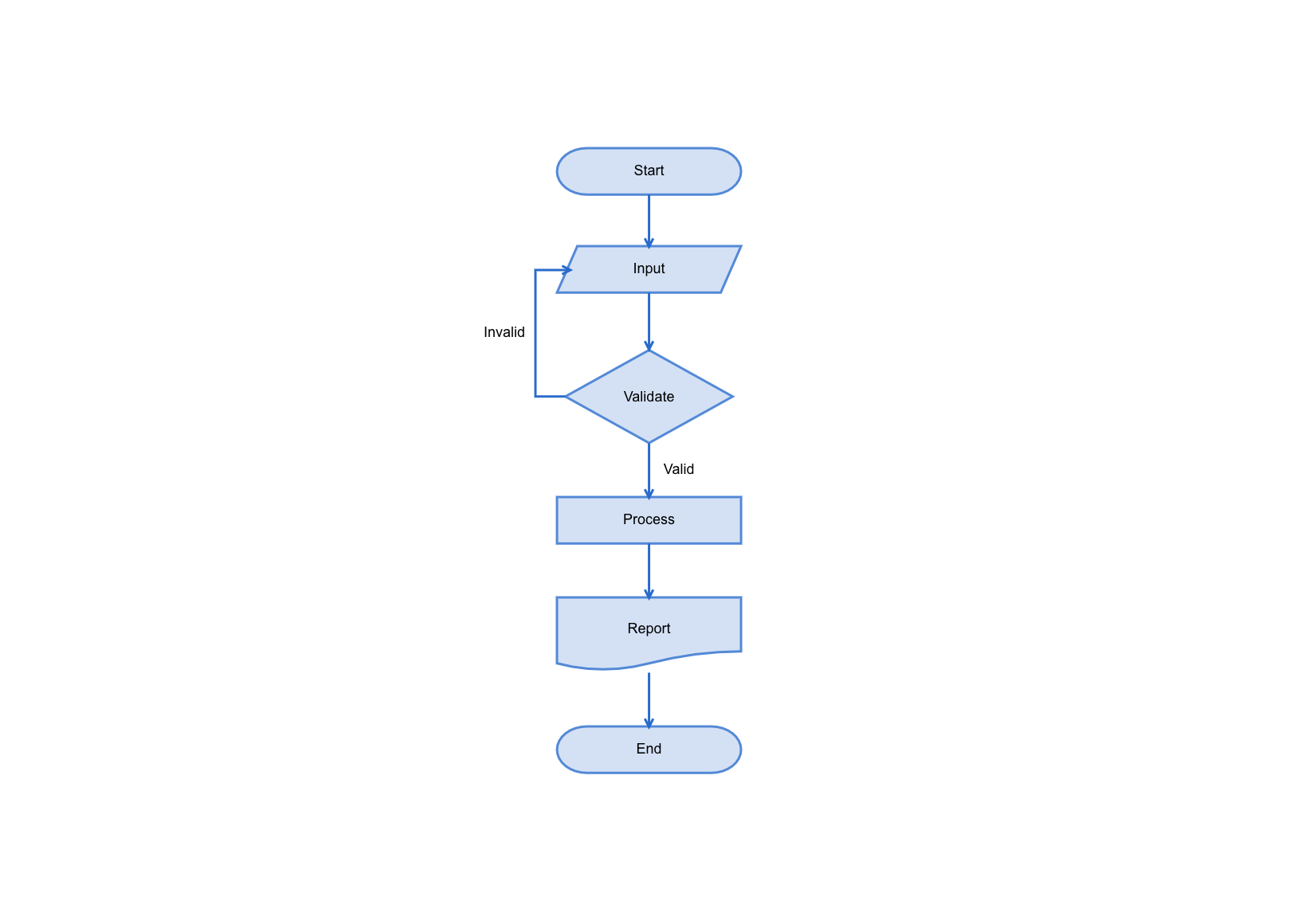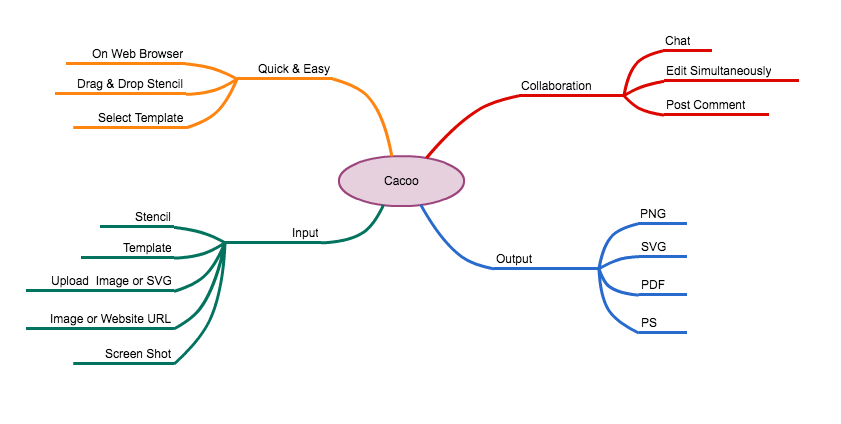How to retain tribal knowledge to make business operations better
Georgina Guthrie
September 07, 2022
‘Tribal knowledge’ is a term that crops up from time to time in the business world — usually as a double-edged sword that comes with pros and cons. Chances are, you know people in your organization with a wealth of internalized information about clients, processes, and resources. Not only is their knowledge priceless, but it isn’t widely known throughout the workforce. As you might have guessed, this can pose risks to your long-term operations.
But before we get into the what, why, and how of tribal knowledge, we’d like to acknowledge that as a phrase, it carries cultural and historical assumptions that have been used to marginalize indigenous communities.
However, there are plenty of alternatives we recommend using instead. Institutional knowledge, legacy knowledge, intuitive knowledge, and tacit knowledge are great options. Throughout this article, we’ll use ‘legacy knowledge.’ So, without further ado, let’s dive in!
What is legacy knowledge?
Legacy knowledge is any information passed down within an organization from one generation of employees to the next.
It includes knowledge about the organization’s history, culture, values, processes, and practices. This knowledge is often unwritten and unspoken. It’s the information co-workers pick up through osmosis by observing and imitating employees who have been around longer.
In many cases, legacy knowledge isn’t officially documented because it involves the individual insights employees gain through experience. As you can imagine, legacy knowledge has pros and cons. Let’s explore these in a little more depth.
How does legacy knowledge form?
Legacy knowledge generally forms organically through the interactions and observations of employees within an organization. It’s often passed down informally from one generation of employees to the next or between individuals in a close-knit group, such as a team or department.
What are the advantages of legacy knowledge?
On the plus side, legacy knowledge offers many benefits that can improve operations and team collaboration. It can serve as a:
- Source of institutional memory and wisdom: you can avoid making the same mistakes twice by learning from past challenges.
- Unifying force: organization-specific knowledge can contribute to a strong sense of culture and community.
- Framework for organizational efficiency: it provides employees with a common understanding of how things work and how to avoid waste.
- Means of continuity: sharing legacy knowledge ensures best practices are passed down from one generation of employees to the next.
What are the disadvantages of legacy knowledge?
While the value of legacy knowledge is indisputable, failing to harness it well can harm a business. On the downside, this type of knowledge can become:
- Exclusive: if the information is hard for new employees to access, it can hinder workforce mobility and innovation.
- Out of date: an established approach may no longer be relevant to the organization’s current needs.
- Biased: bias often leads to inflexibility and hinders positive growth. And if biases are codified into business operations, this can perpetuate harmful stereotypes and discriminatory practices.
- Resistant to change: organizations may be slow to adopt new methods and resources over time. Or, barriers may form when workers prefer different communication channels, technical resources, and workflows. The resulting resistance to change may lead to stagnation and disjointed knowledge within an organization.
- Imbalanced: knowledge gaps can form when information isn’t well distributed. If only one person or a few people have key knowledge, your operations and workforce development won’t allow much adaptability.
What is a knowledge gap?
A knowledge gap is a difference in understanding or skills between two or more groups of people. For example, a generational knowledge gap involves a difference in understanding between older and newer employees. A geographical knowledge gap may affect employees from different offices, headquarters, or subsidiaries. There can also be a functional knowledge gap between departments or roles, such as sales and marketing.
Here are common issues a knowledge gap can cause:
- Lack of cohesion between individuals, teams, or departments (i.e., information silos)
- Lost information and miscommunication due to insufficient documentation
- Disruption when someone who holds vital knowledge leaves the business
- Lack of productivity and innovation due to people hoarding information
- Frustration and loss in profits due to lack of transparency
Fortunately, you can resolve knowledge gaps before they cause serious, destabilizing problems. One option is to create cross-training and mentorship opportunities, so employees can learn from each other.
Another option is to use technology, such as social intranets and collaboration tools, to disseminate knowledge more widely. Finally, you can encourage employees to share their knowledge and ideas by introducing elements of a bottom-up leadership style.
How do you capture legacy knowledge?
If you’re working in an organization with a lot of legacy knowledge, it’s important to make an effort to retain it somehow. Otherwise, your organization risks losing valuable information when employees retire or leave the company. There are several ways to preserve this knowledge.
1. Write things down
Documentation is probably the most obvious way to capture legacy knowledge. You can start by interviewing long-time employees and writing down their stories and insights. You can also document best practices and procedures so they’re available for future reference.
- Top tip: use a diagramming tool to create flowcharts that outline specific procedures and processes. Not only does this formalize important knowledge and foster transparency, but it also ensures a digital record stored on the cloud for all to access. If you convert everything to hard copy, it’ll likely end up languishing in some out-of-the-way folder no one can find or access.

2. Create a digital archive
Another way to capture legacy knowledge is to create a digital archive of documents, photos, videos, and other resources. This can be a great way to preserve history and make it accessible to everyone in the organization. If you’re using digital tools, like PM software or diagramming tools, this all happens automatically as you work, making record-keeping and version control a little bit easier.
3. Encourage knowledge-sharing
One of the best ways to capture legacy knowledge is to encourage knowledge-sharing within the organization. To close gaps, ask seasoned employees to host workshops, set up mentorship programs, host brown bag lunch sessions, or organize knowledge-sharing events.
When should you let go of legacy knowledge?
Legacy knowledge can have a shelf life, and there may come a time when an organization needs to retire it. For example, information may no longer be relevant or accurate. It may hold back progress, cause harm, or prevent flexibility. Letting go of your organization’s legacy knowledge isn’t always easy, but sometimes, it’s necessary.
If you’re thinking about letting go of legacy knowledge, here are a few things to consider:
- Is there a way to update or improve this knowledge to be more accurate or relevant?
- What would happen if you let go of this knowledge? Would the loss impede or promote progress?
- Are there any negative consequences of holding onto this knowledge, such as perpetuating harmful stereotypes or discriminatory practices?
Depending on your organizational needs, there may be other factors to consider. It’s important to hold regular reviews and carefully weigh the pros and cons before deciding.
Final thoughts
Overall, legacy knowledge is a mixed bag of advantages and disadvantages. What’s important is that organizations know the potential benefits and risks. Always take steps to document, review, and use all that great knowledge in a positive and constructive way.
Where possible, digitize your processes so that employees can passively document their work as they go, with no need for paperwork or manual filing. Project management software like Backlog and diagramming tools like Cacoo are both great ways to store records, manage versions, track processes, and archive projects while keeping them available for future employees for years to come. And because all this information is accessible digitally on the cloud, reviewing and editing is as simple as opening the document with a click.


